It was a scene evoking the first movement of the Pastoral Symphony. The evening sunshine was caressing the verdant woods at the top of a hill. It was only a low hill; there seemed nothing especial about this sweet rural scene. But just below the woods, the upper slopes contain some of the most valuable agricultural land in the world, producing magnificent wine. We were looking up from Gevrey-Chambertin towards the domain of the grands crus.
Not everything was as joyous in recent years, Dijon has expanded. France, with the same population, is two and a half times as large as the UK, so land is cheap. There is nothing to discourage the shapeless sprawl that disfigures the surroundings of many US cities: garages, car showrooms and — worst of all — fast-food outlets.
There used to be a wonderful restaurant on the main road at Morey- St-Denis. Largely for lorry drivers, it was run by a splendid couple. At lunchtime, in order to entice customers, Madame, a lady of a certain age, would parade outside in all weathers, in a plunging neckline and a skirt so short that the vulgar might have called it a manhole cover. Indoors, there was a fug of smoke, plus excellent food at €9 for three courses. The main one would often be a boeuf bourguignon, rich and unctuous, just like grandmère would have made. There was no choice of final dish: merely generous access to a cheeseboard that would have graced a multi-rosetted restaurant. Plentiful, satisfying and cheap, the wine came in unlabelled bottles, usually the declassified product of a serious vineyard, no doubt bought at mates’ rates. The breathalyser had not yet impinged on the camionneurs’ consciousness. God knows how the place made a profit, but I am sure that it sold nothing but food. Although le patron was endlessly genial, he was built like a prop forward. Anyway and alas, the place is no more, while Kentucky Fried Chicken atrocities proliferate.
But the best parts of Burgundy are unchanging. Many vineyards have cellars like the crypts of Romanesque churches, with masonry that looks as if ancient stones had been reused. The ceilings are blackened, by yeast from the wine and by the breath of oenophiles over the centuries, plus the webs of long-dead spiders. Quite often there are no spittoons. You spit on the gravel beneath the racks of barrels.
The crypt-like appearance is appropriate. Wine-making has a sacramental quality. To produce it, the vignerons are consecrating the blood of the soil, in pursuit of a Burgundian Holy Grail. This is why wine cellars are glorious places that always inspire good talk. The stories circulated with the glasses. An elderly wine merchant was advising a new recruit: ‘Remember, lad, a glimpse at the label is worth 20 years in the trade.’ There are two rich and successful Yorkshire businessmen, considerable oenophiles with cellars to match, who still talk broad Yorkshire because they would hate anyone to think they had grown soft and southern. It also helps to intimidate London bankers. On wine, they are endlessly rivalrous and try never to agree about anything. In a recent argument, one said to the other: ‘You can’t be a label fucker all your life.’
The rest of us had come to Burgundy in a trip organised by Richard Berkley-Matthews of Clarion Wines to address a vital intellectual question. There has been a general assumption that 2015 will be a great vintage. This led a lot of buyers to overlook the ’14s. There is no question that the ’15s are full of fruit and power. But some of us concluded that the 2014s might be even better. They had subtlety, minerality and above all, harmony between acid and fruit, like a mailed fist in a silken glove.
In the next column, I shall go into detail, about the bottles and the vignerons. For the interim, amateurs of Burgundy should think 2014.
Got something to add? Join the discussion and comment below.
Get 10 issues for just $10
Subscribe to The Spectator Australia today for the next 10 magazine issues, plus full online access, for just $10.
You might disagree with half of it, but you’ll enjoy reading all of it. Try your first month for free, then just $2 a week for the remainder of your first year.


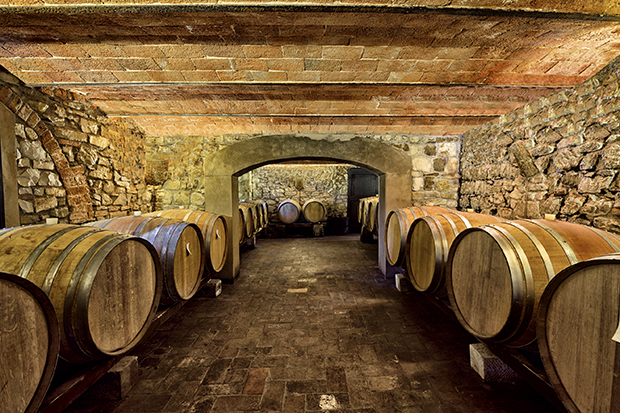

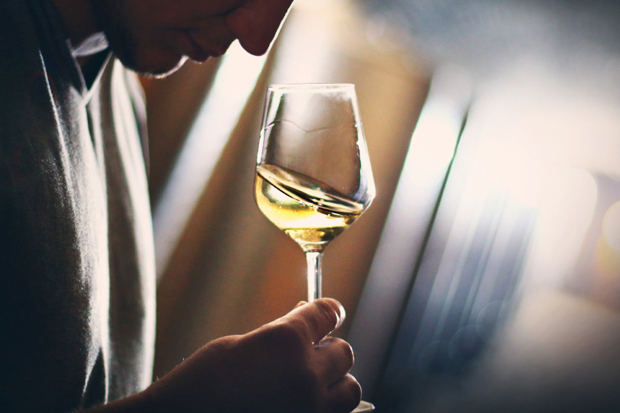
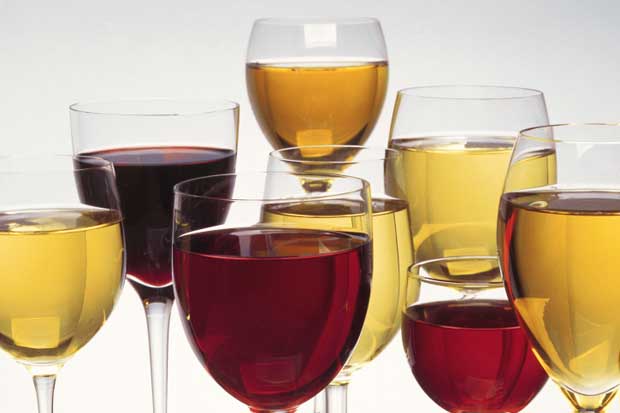
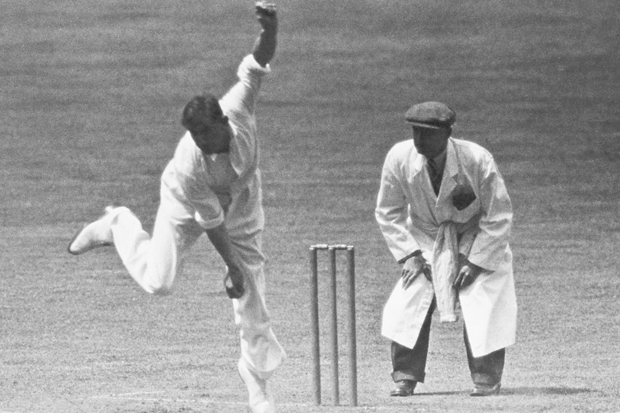
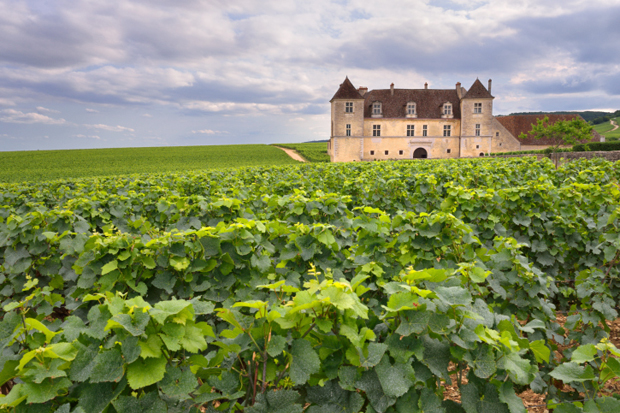
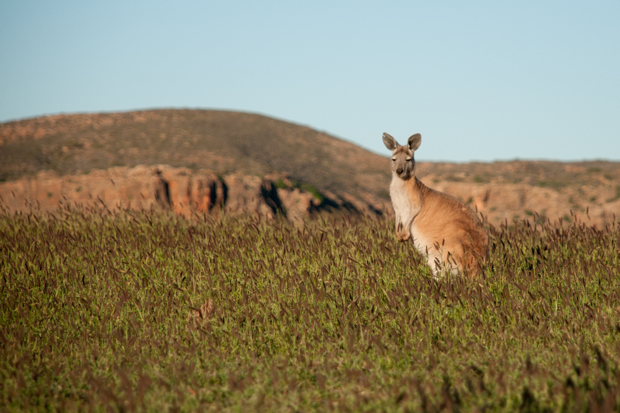






Comments
Don't miss out
Join the conversation with other Spectator Australia readers. Subscribe to leave a comment.
SUBSCRIBEAlready a subscriber? Log in